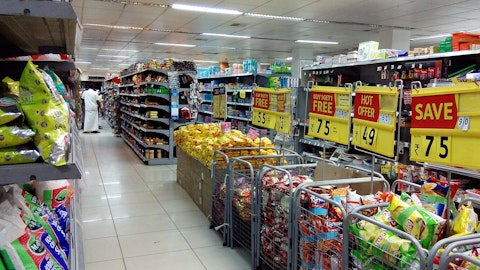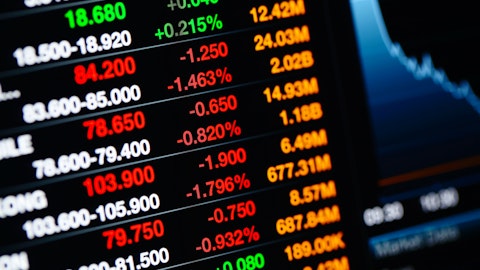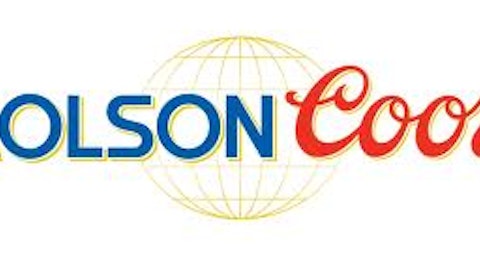Key Risks
In our opinion, one of the biggest uncertainties surrounding CLX’s business is whether or not the company can continue growing at such a high level of profitability.
CLX’s operating margin hit an all-time high of 20.6% last quarter. The company has benefited from several quarters of strong market share gains, lower raw material costs, and excellent pricing power.
However, management expects “heightened competitive activity in the second half of the fiscal year” as competitors respond to CLX’s share gains.
Furthermore, Walmart accounted for 26% of CLX’s revenue last year. As we noted in our initial thesis on Walmart back in August 2015, the company is struggling to find sources of sustainable profit growth. Walmart certainly sees CLX’s 20%+ operating margin and has to wonder if it can squeeze more pricing concessions out of the company.
Private label is always a threat as well. Consumers are getting smarter about how they shop and what products they can trust. Information is more available than ever before. CLX has noted that private label products account for about 20% of the market. If more consumers trade down, demand for CLX’s higher-priced branded goods could slow.
The consumer-packaged goods industry is also a fairly mature market. With low growth rates, large incumbents can quickly find themselves treading water – some brands are growing, others are shrinking. This is what P&G is struggling with right now. While CLX is much smaller than P&G, it’s possible that some of its larger product categories eventually find themselves in similar situations, especially considering the company’s concentration in the slower-growing U.S. market (80% of revenue).
For now, CLX is showing no signs of weakness. The company continues putting up low-single digit volume growth across its entire portfolio and has done an excellent job expanding into adjacent product categories and geographies while delivering effective marketing campaigns.
Dividend Analysis
We analyze 25+ years of dividend data and 10+ years of fundamental data to understand the safety and growth prospects of a dividend. CLX’s long-term dividend and fundamental data charts can all be seen by clicking here.
Dividend Safety Score
Our Safety Score answers the question, “Is the current dividend payment safe?” We look at factors such as current and historical EPS and FCF payout ratios, debt levels, free cash flow generation, industry cyclicality, ROIC trends, and more. Scores of 50 are average, 75 or higher is very good, and 25 or lower is considered weak.
CLX’s dividend is about as safe as they come. The company’s dividend Safety Score is an excellent 94, suggesting that its dividend is safer than 94% of all other dividend-paying stocks in the market.
Over the last four quarters, CLX’s dividend has consumed 60% of its earnings and 61% of its free cash flow. As seen below, the company’s payout ratio has nearly doubled over the last decade, which means that CLX’s dividend was growing faster than its earnings. Going forward, dividend growth will likely be more in line with earnings growth (mid- to upper-single digits).

Source: Simply Safe Dividends

Source: Simply Safe Dividends
If Clorox Co (NYSE:CLX) was very cyclical, its payout ratio would be a concern. For example, if the company’s earnings were cut in half during a recession, the company would need to dip into its cash reserves, take on debt, or issue shares to keep funding the dividend.
However, we can see that CLX’s business is remarkably stable. Sales fell by just 2% during fiscal year 2009, and its earnings actually grew. The stock also outperformed the S&P 500 by 25% during 2008. Consumers still need many of the company’s products regardless of how well the economy is doing, although some of them will be more likely to trade down to cheaper private label products.

Source: Simply Safe Dividends





